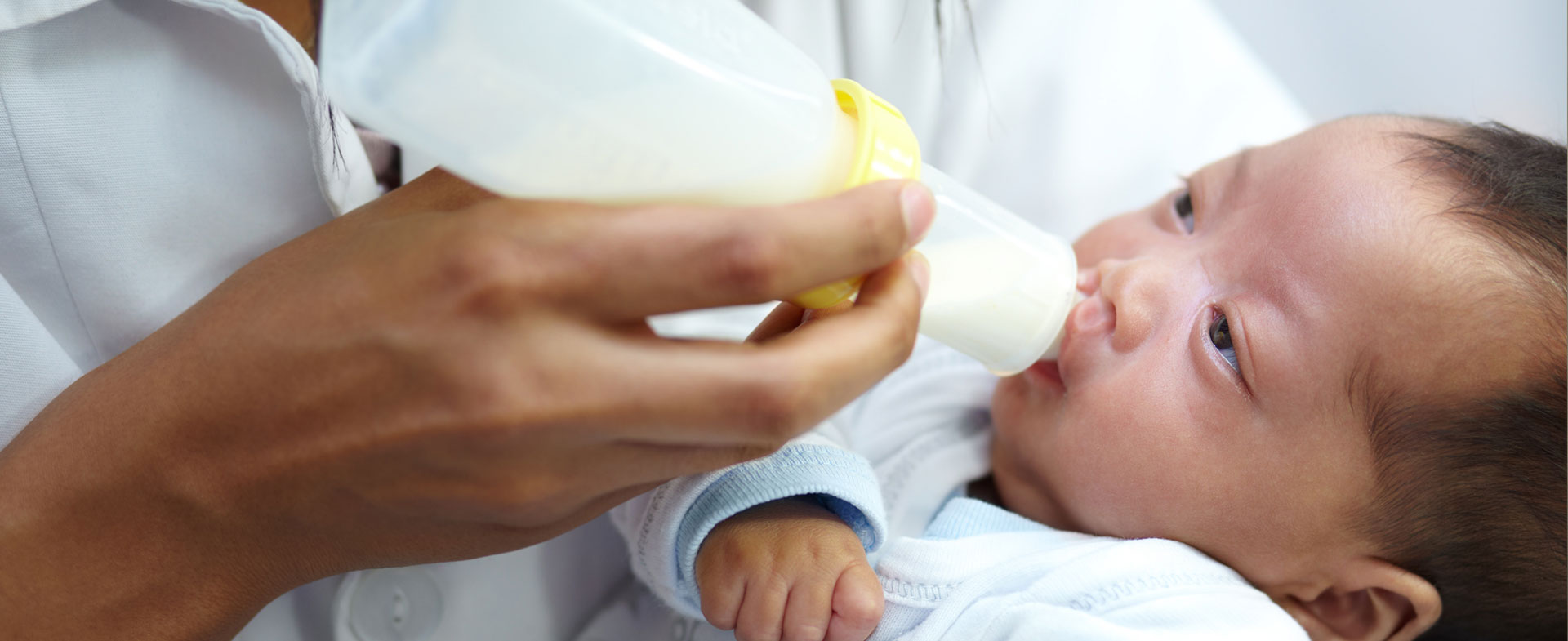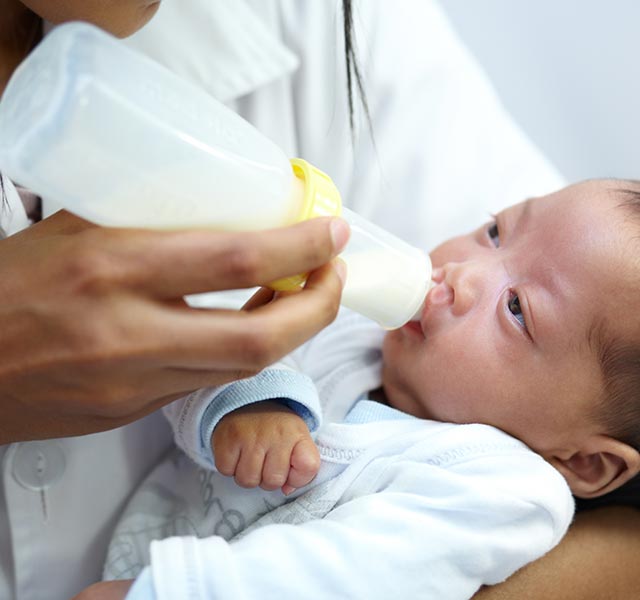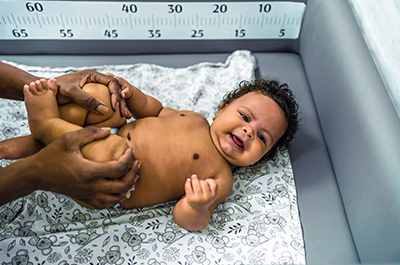Cleft lip and palate is a birth abnormality that occurs when tissue doesn’t fuse together properly and leaves an opening in the lip and roof of the mouth. It’s the most common facial congenital condition and affects 1 in 600 live births.
“It’s not entirely known why this happens—there can be multiple reasons—but some potential causes could be smoking during pregnancy, a folic acid deficiency, poor prenatal care, and genetic disorders,” says Lamont Jones, M.D., a facial plastic and reconstructive surgeon and co-director of the cleft and craniofacial clinic at Henry Ford Health. “Twenty years ago, babies born with cleft lip and palate were surprises, but today, advanced ultrasound technology means we can diagnose most of these cases while the mother is pregnant. We’re able to connect with families before the baby is born, discuss treatment options and answer questions they may have.”
Here, Dr. Jones and members of the cleft and craniofacial clinic at Henry Ford answer commonly asked questions about cleft lip and palate.
Q: Do cleft lip and cleft palate always occur together?
A: No. Cleft lip and palate occurs in about 50% of cases, while cleft lip occurs in about 20% of cases, and cleft palate occurs in the other 30% of cases.
Generally speaking, cleft palate causes more issues than cleft lip. “While babies with cleft lip might have difficulties taking in breast milk or sucking on a bottle, babies with cleft palate can have even greater difficulty with this, along with speaking and hearing,” says Erica Boettcher, M.A., a speech language pathologist with Henry Ford Health. “Because of the hole in their palate, children can have problems producing sounds.”
Q: Why does cleft palate inhibit feeding?
A: “I liken it to drinking through a straw,” says Dr. Jones. “If there’s a big hole in the side of the straw, you can suck all you want but nothing will come out.” Before they’re old enough to have their cleft palate fixed, babies often need to use special bottles that make it easier to retrieve milk.
Q: How does cleft palate affect hearing?
A: Children with cleft palate tend to have a higher incidence of fluid in their ears because of the positioning (or absence) of tendons and muscles associated with cleft palate.
“Fluid in the ears can cause hearing loss, which is usually medically treatable over time,” says Karrie Slominski, Au. D., an audiologist with Henry Ford Health. “But monitoring the child’s hearing during these years of speech and language development is critical. Discussions with the ear, nose and throat physician about placing tubes in the ears will not only drain their fluid, it will also improve the child’s hearing. If left untreated, it could lead to chronic ear problems and speech delays.”
Q: How are cleft lip and palate treated?
A: For cleft lip, an outpatient surgery is usually performed around three months old. (Later in childhood, depending upon the severity of the cleft lip, dental braces and bone grafting may be needed, along with rhinoplasty, says Dr. Jones.)
For cleft palate, inpatient surgery is usually performed around 18 months old. “With cleft palate, we don’t want to do surgery too soon because it could affect the growth of the upper jaw,” says Dr. Jones. “Doing it too late, however, can cause issues with speech. Eighteen months is usually when we can minimize growth issues and maximize speech outcome.”
Depending upon the severity of the hole, multiple surgeries may be needed throughout childhood until 18 to 21 years of age.
Q: What does recovery after surgery consist of?
A: During surgery, dissolvable stitches are put in to repair a cleft lip and palate. Cleft lip stitches usually dissolve within a week, says Dr. Jones, and cleft palate stitches usually dissolve within two to three weeks.
Patients are considered recovered after the stitches dissolve, but for kids with cleft, it’s usually a multi-disciplinary, long-term relationship between the healthcare providers, patients and families.
“There are a lot of other little procedures performed in between the bigger procedures to improve scars, touch them up,” says Dr. Jones. “We space out these procedures because kids are moving targets—they are growing so much and so fast. When we do these surgeries, we have to factor that in.”
Q: Is speech therapy required after a cleft palate has been corrected?
A: Each patient is different, but yes, speech therapy is sometimes needed into adolescence.
“A speech pathologist may need to teach them how to produce certain sounds that they weren’t able to produce before, because of the hole in their palate,” says Boettcher. “Eventually, however, they’ll get to a point where speech is within a normal range and regular therapy won’t be needed.”
Q: Can cleft lip and palate be cured?
A: “Cured isn’t the right term,” says Dr. Jones. “Just like with other chronic conditions, sometimes kids have emotional issues around self-esteem, and so that’s the reason why it’s really a lifelong issue. The goal of the multidisciplinary team—surgeons, audiologists, speech pathologists—is to try to get patients as close to normal form and function as possible.”
Learn more about cleft lip and palate treatment at Henry Ford.
To schedule a consultation with a plastic surgeon, visit henryford.com or call 1-800-436-7936.
Lamont Jones, M.D., M.B.A., F.A.C.S., is a facial plastic and reconstructive surgeon and co-director of the cleft and craniofacial clinic at Henry Ford Health. He is also the executive vice chair of the department of otolaryngology, head and neck surgery. He sees patients at Henry Ford Hospital in Detroit and Henry Ford West Bloomfield Hospital.
Erica Boettcher, M.A., CCC-SLP, is a speech language pathologist and patient care coordinator of the cleft and craniofacial clinic at Henry Ford Health. She sees patients at Henry Ford West Bloomfield Hospital.
Karrie Slominksi, Au. D., is an audiologist and member of the cleft and craniofacial clinic at Henry Ford Health. She sees patients at Henry Ford West Bloomfield Hospital.



